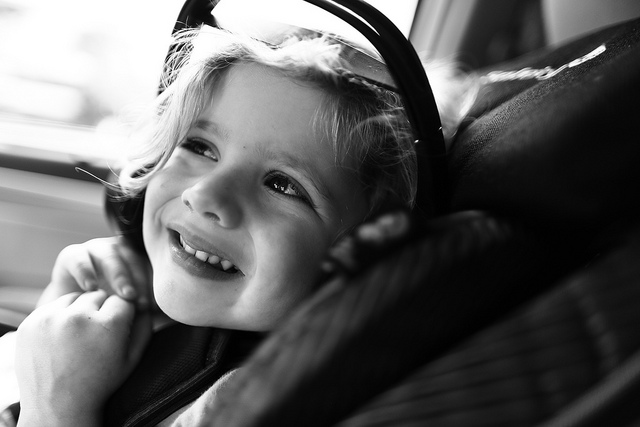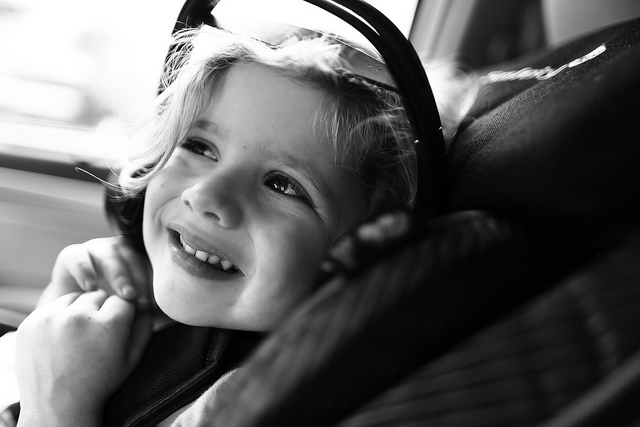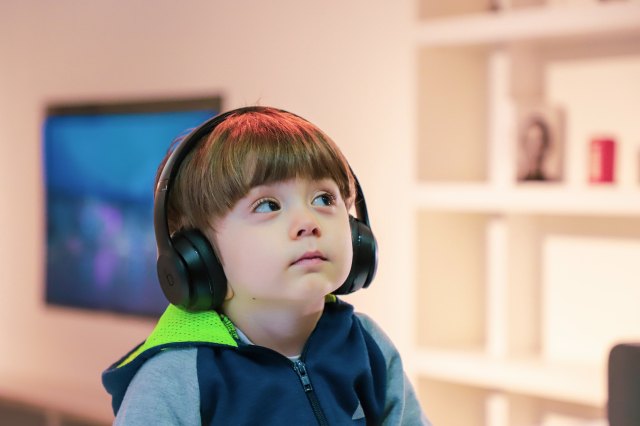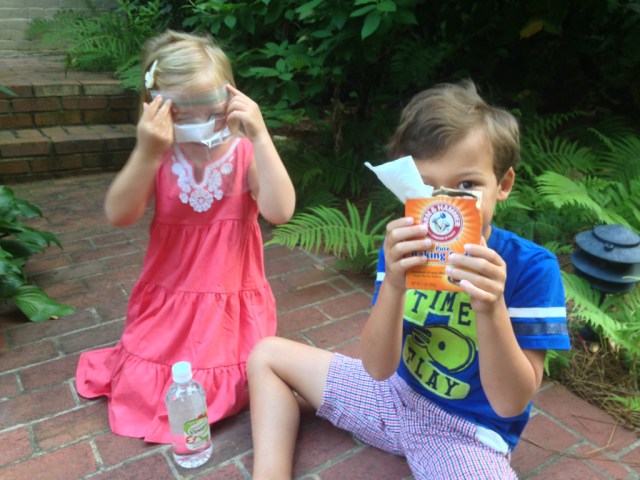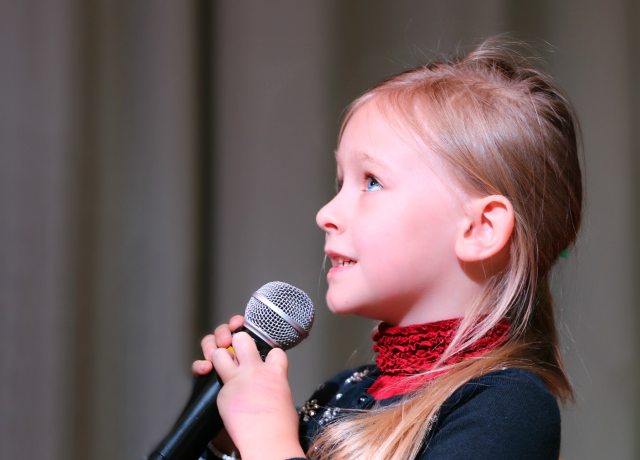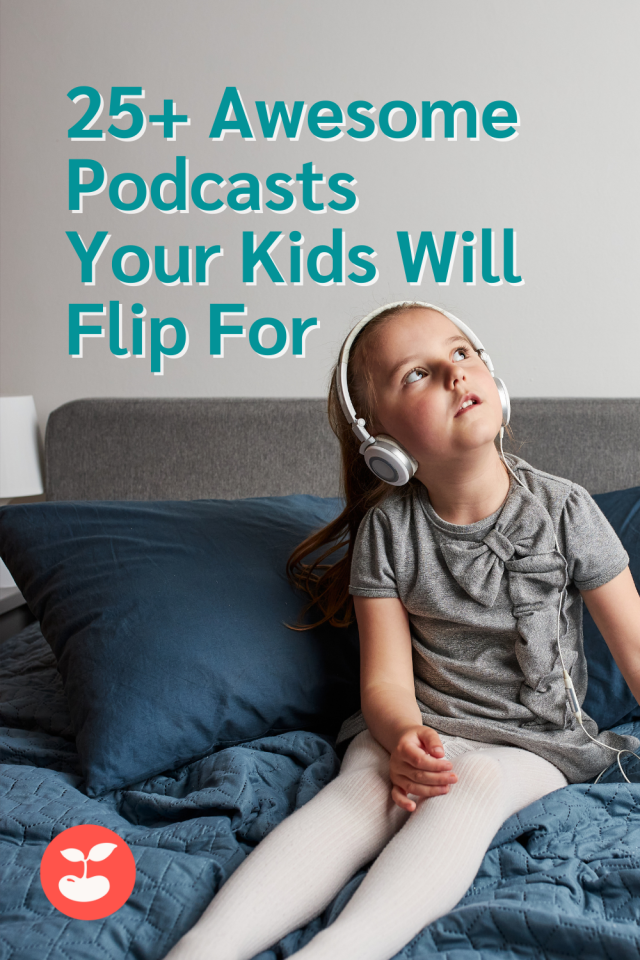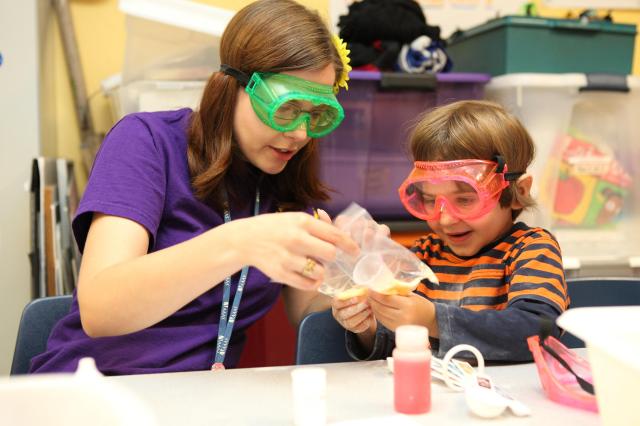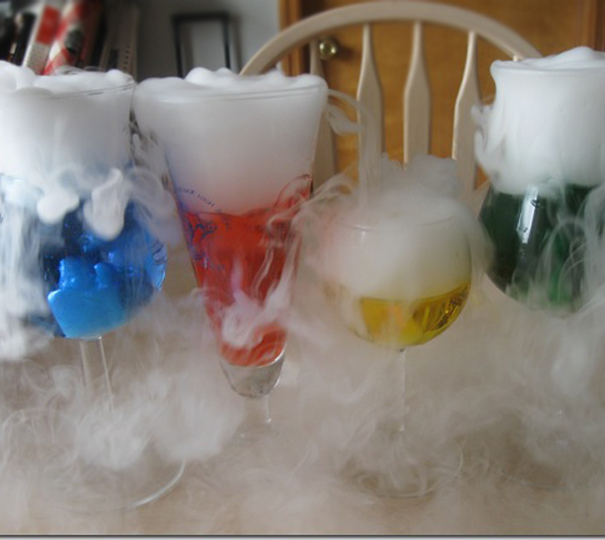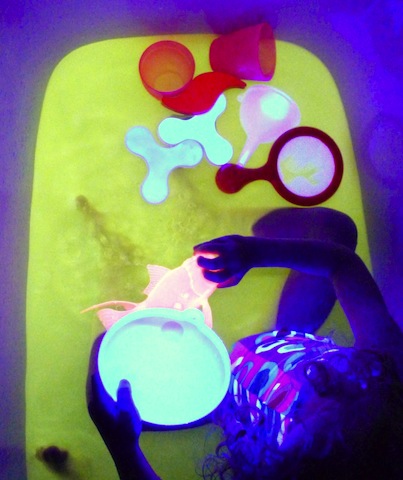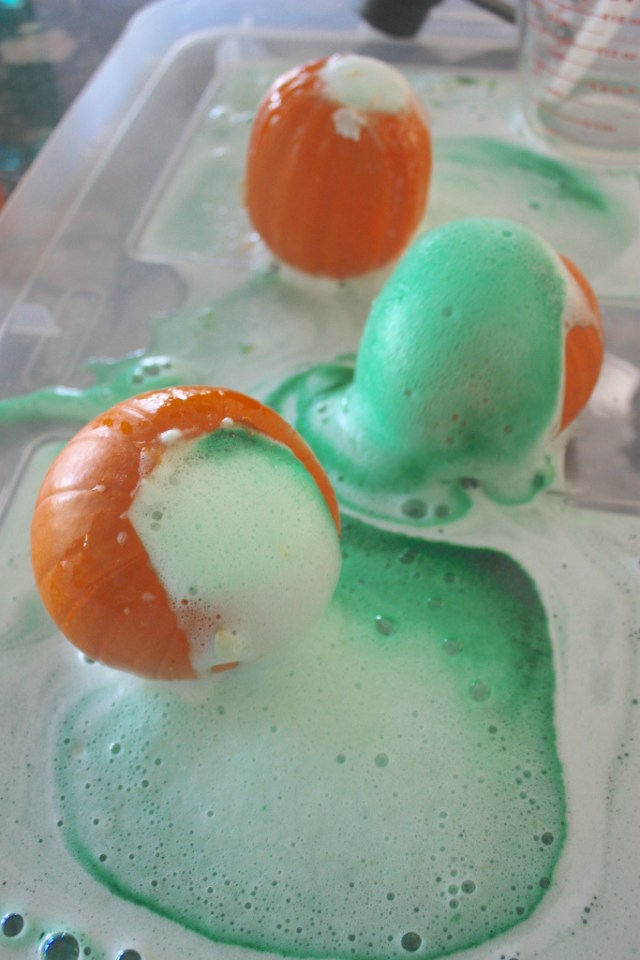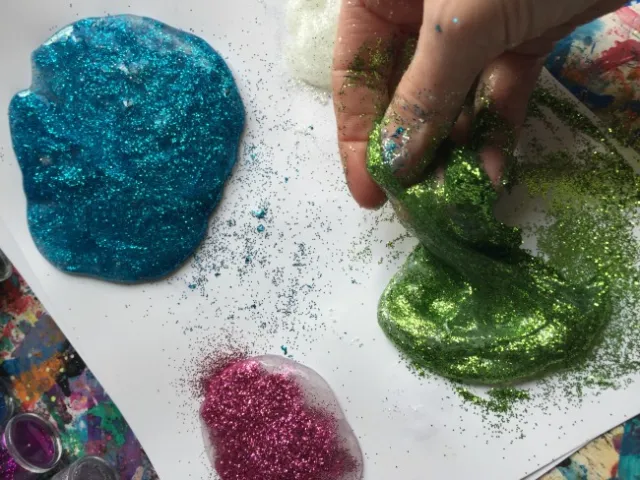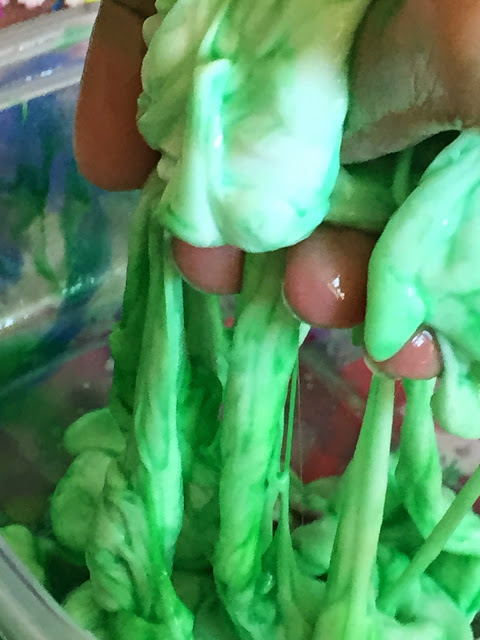Which planet is the hottest in our solar system? Is there a planet made out of diamonds? What’s the difference between a meteorite and an asteroid? Is space silent? These questions, and more, can be answered by visiting the Adler Planetarium, the first planetarium in the Western Hemisphere. Located along Lake Michigan on Museum Campus, Adler sits near other Chicago favorites: Shedd Aquarium, Field Museum of Natural History and Soldier Field. For all-things-Adler, read our guide to make the most of your mission.
Where to start
Why, the exhibits, of course! Families can spend hours exploring the exhibits—no kidding. It’s easy to lose track of time while wandering and wondering. Hands-on activities abound—from working the controls on a two-story rocket to getting an insider’s peek at the Space Station or manipulating a rover, here’s just a taste of what you’ll find:
Our Solar System – Get your hands on a meteorite that traveled millions of miles and crashed into Earth, leaving a huge crater in the Arizona desert. Touch a Moon rock and hear why footprints last so long up there (and it’s not because mom or dad isn’t there to wipe them up). Feel a piece of Mars and learn about the robotic rover that’s doing a bit of investigating on the red planet’s surface. And, before you move on, make your own mini crater using the Crater Maker.
The Universe: A Walk Through Space and Time – Go back to the very beginning to see how galaxies, stars, planets and even the atoms in your body were created as the Universe expanded. Travel billions of light years from our Solar System to investigate some of the most diverse and beautiful objects in deep space in ultra-high resolution from the world’s most advanced telescopes.
Mission Moon – Experience America’s very first steps in space through the eyes of Captain Lovell and his family, with all its twists and turns, setbacks and successes. In this exhibit, you’ll learn how the U.S. became the first nation to put a man on the Moon, what it’s really like to be an astronaut and why it takes a team to explore these unchartered worlds. It’s the story of a national hero, who started off as boy in Wisconsin who loved rockets that turned into man whose supportive family helped him become extraordinary.
What is a Planet? – Weigh in on whether you think Pluto got a raw deal being demoted to dwarf planet status. If Pluto isn’t a planet, then what is? What makes a planet a planet? Our accepted definition has changed drastically in the last 500 years. Explore artifacts from Adler’s collection that show how planets aren’t what they used to be, witness how everyone from astronomers to the general public reacted to Pluto’s reclassification in 2006 and find out what qualifies as a planet today.
Planet Explorers – Kids ages 3-8, turned junior space explorers, can take charge in this modern-day adventure. They will enter a world where they can climb, crawl, play and learn what it takes to be a part of a mission to outer space. They’ll likely be ready for naps after taking control of a two-story rocket, visiting a Space Station to see how everyday objects work different in space, take a stroll though the unknown in the Planet Explorers Spacewalk Experience and search for signs of life on Planet X.
Astronomy in Culture – Stargazers in ancient cultures used spectacular tools such as the armillary sphere, the astrolabe, the pocket sundial, and the cannon dial to understand the Universe and to organize their daily lives. Travel back in time to understand these curious tools, as well as the people who developed and used them. Pretend your always-connected smartphone doesn’t exist for a minute and imagine how an astrolabe could help you find your way home long before GPS was dreamed up.
The Historic Atwood Sphere – Chicago’s first-born planetarium, is something that you’ll think of long after you leave the museum. How else will you get the chance to see what Chicago’s night sky looked like back in 1913? Nearly 700 holes are drilled into the metal globe, creating constellations that a guide will point out to you with a laser pointer once you’re secure inside the orb.
Community Design Lab – Visitors can test different materials to find out which would survive the journey to 100,000 feet above Earth’s surface, build a DIY telescope-mount for smartphones and become an instant astrophotographer by testing it on real telescopes and explore daily scientific challenges developed by Adler experts. With marshmallows, popsicle sticks, duct tape, shaving cream and a steady supply of bubble wrap and cardboard, the design possibilities are endless!
See a Show
Seeing a well-made show is all a part of the experience at the planetarium. Six 30-minute shows that explore space and our knowledge of it through time, are currently available:
Planet Nine – Tagalong with Mike Brown and his CalTech team as they uncover dwarf worlds like the stunningly bright Eris; Haumea, an egg-shaped object rotating a break-neck speeds; and Sedna, whose orbit takes it deep into the far reaches of the Solar System. Join in on the hunt for the ninth planet at the Subaru Telescope in Hawaii.
Imagine the Moon – With Adler’s newest sky show, you’ll explore how the Moon as influenced human creativity, learning and exploration since we first looked at they sky via inspired storytelling and stunning imagery.
One World, One Sky: Big Bird’s Adventure – Elmo’s friend Hu Hu Zhu notices Sesame Street looks a bit different from his home in China. But when he looks up to the sky, the great human connecter, he feels immediately at home. With the wisdom of Big Bird, the friends learn about the Sun, the Moon and the Big Dipper, then blast off to the moon. Join them as they sing songs about space and celebrate the sky that is shared by all.
Destination Solar System – Dig deep in your imagination and imagine the year is 2096, space tourism is absolutely on the boom and you’ve signed up for a quick trip around the Solar System. Your guides in this live show are Jesse, a lovable rookie tour guide who can’t wait to show you the wonders of your celestial neighborhood, and Max, the much more experienced—if slightly grumpy—shipboard computer. With Max at the controls and Jesse chatting you up, you’ll soar through the Asteroid Belt, explore the moons of Jupiter and Saturn and hover over the surface of the sun. So, just your average day.
Welcome to the Universe – Get a clear picture of your place in this vast and mysterious universe, with its network of exploding stars, swirling galaxies, orbiting planets, black holes and strange and unknown yet to be deciphered.
Skywatch Live – We’re lucky to have Adler right in our city limits, but the bright lights and big city make it tough to see the twinkle in the sky. A live presenter will turn down the city lights and crank up the stars to show you the night sky over Chicago like you’ve never seen it before. Learn how to navigate by starlight, meet the stars behind your favorite constellations, and witness the incomprehensible vastness of the Universe.
Events and Special Programming
The museum is full of fun space-themed happenings that will light up your experience. Some of these events are one-time only, like the free-with-admission Pop-Up Programs that focus on STEAM (science, technology, engineering, art, mathematics), held throughout the year.
Young Explorers Mondays – Enables families with kids ages 2-6 to explore deeper through hands-on activities, story time and more. Held on Mondays, 9:30 a.m.-1 p.m.
Sun Salutations Yoga – Stretch and slacken during a Vinyasa Flow yoga class, held once a month from 8:30 a.m.-9:30 a.m., in the Grainger Sky Theater. Imagine a star-filled sky lighting up overhead as you roll around a yoga mat with your kids (ages 10 & up). Museum admission is included in the price for Sun Salutations Yoga, feel free to explore afterward.
Doane at Dusk – Adler’s Doane Observatory is home to one of the coolest aperature telescopes in the world. At Doane at Dusk, you can see celestial objects trillions of miles away, like the moon and planets—even though you’re in a bustling and bright metropolis! Adler Astronomers are on deck at this free nighttime after-hours viewing session.
Camps – Adler’s camps will spark the scientific curiosity in everyone from the itty-bitty youngest campers to all the way up to 10th grade as they learn about the skills of science exploration. With tools like telescopes, programmable robots, and high-altitude balloons—and new friends around every corner—your kids will share adventures of cosmic proportions with their peers. Young space and technology enthusiasts will engage their imaginations, show their creative side and navigate their Universe together just like scientists.
After Dark Series – Grab your favorite guy or gal on the third Thursday of every month and swing down to the The Adler After Dark series, which is exclusively for adults 21 & over and features a different theme each time. Periodically, they host a family-friendly version of the After Dark program, so be on the lookout. The events sell out fast, so be sure to order tickets ahead of time.
Earth Fest – In honor of Earth Day, which happens annually on April 22, Adler hosts a day of celebrating all things Earth. Check their calendar for exact dates. When Earth Day falls on a weekday, they typically celebrate the weekend prior or after the date and on a weekend that does not conflict with Easter.
Noshes and Keepsakes
When you need a break, and fuel, grab a bite at Galileo’s Café, which serves sandwiches, soups, salads and flatbreads. You’ll recharge while enjoying lovely views of Chicago’s skyline and Lake Michigan. This is also a great place to sneak out onto the outside deck for a photo. (Other great photo opportunities are on the lawn east of the building and in front of the out-of-doors sculptures: Spiral Galaxy, Man Enters the Cosmos and America’s Courtyard.)
For space ice cream, astronaut suits, geodes, books on astronomy and Adler Planetarium patches, visit the Adler Store. Bonus: the proceeds from your purchases help STEM education and scientific research.
Best Time to Visit
Adler is open every day, 9 a.m.-4 p.m., with extended hours during spring break and summer. That means from Memorial Day to Labor Day, you can visit 9 a.m.-6 p.m. We recommend visiting early and during the week to avoid crowds. You might also consider planning your visit around one of Adler’s special after-hours events. Keep in mind that a visit during a school break, over the weekend or a day that is free for Illinois residents will likely result in more museum goers, also there to explore.
Admission
A number of admission packages and membership options exist depending on what your goals are while at the museum. If you want to go big and do it all, the Anytime All-Access Pass is your best bet. You’ll have access to all exhibits, shows and the Historic Atwood Sphere. Adults are $34.95 and kids are $29.95.
General Admission, which includes museum entry is $12 for adults and $8 for children.
If you plan on visiting several Chicago attractions, consider the Chicago CityPASS, which will give you a big discount overall.
Illinois residents can enjoy free General Admission on select days throughout the year—check the website for updates and timing. Illinois teachers (pre-K through 12) and active military personnel receive free General Admission with proper identification. Adler is also proud to participate in Museums for All, which provides Basic Pass admission for up to 8 people for $1/guest for anyone who qualifies for state food assistance and is in possession of an EBT card.
Bring Adler Home With You
If you visit the Education tab of Adler Planetarium’s website, you will find lots of hands-on STEAM projects—simple and challenging—that you can do at home such as: Make Your Own Lava Lamp, Microorganism Environment Experiment and Float an Egg Challenge.
Adler Planetarium
1300 S. Lake Shore Dr., Museum Campus
Online: adlerplanetarium.org
— Wendy Altschuler
Photos: courtesy of Adler Planetarium
RELATED STORIES:
Everything You Need to Know About Visiting the Museum of Science and Industry





